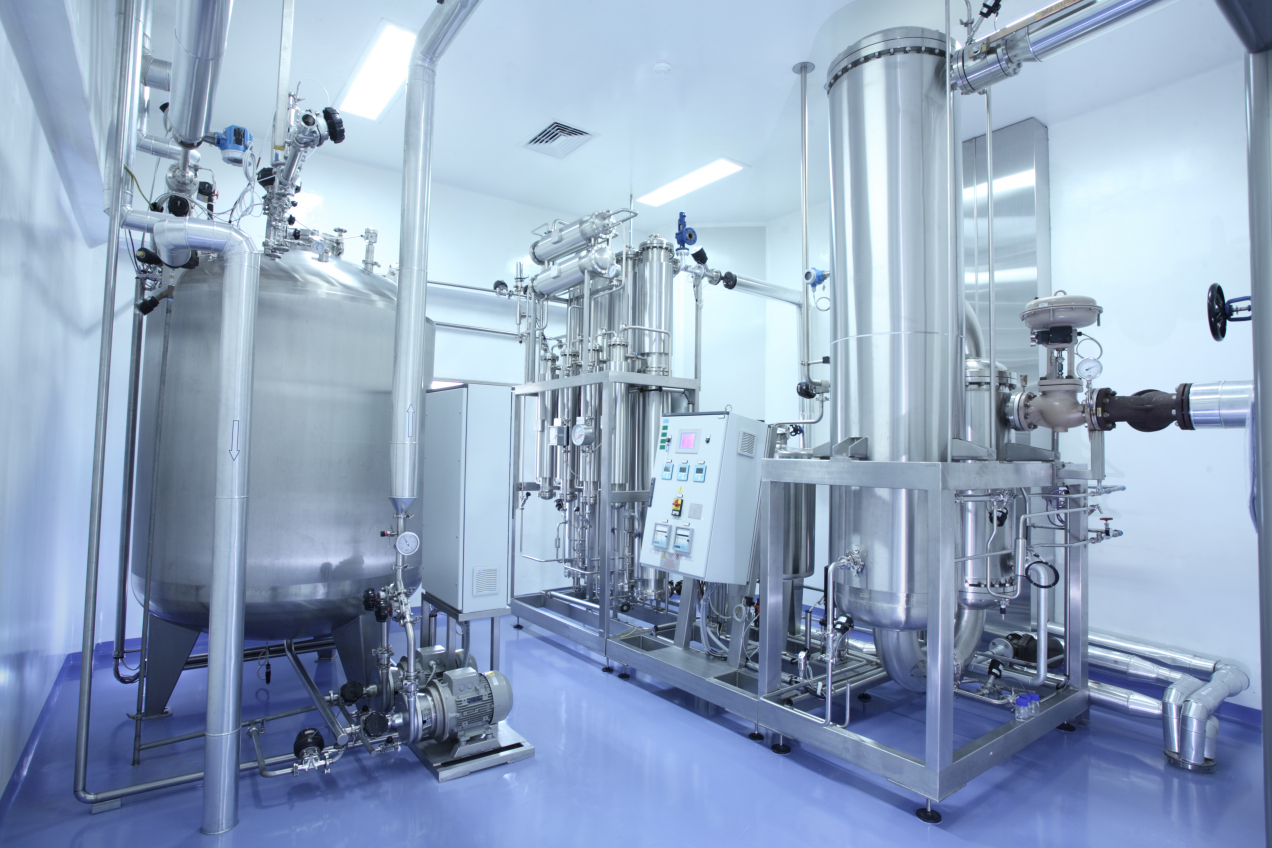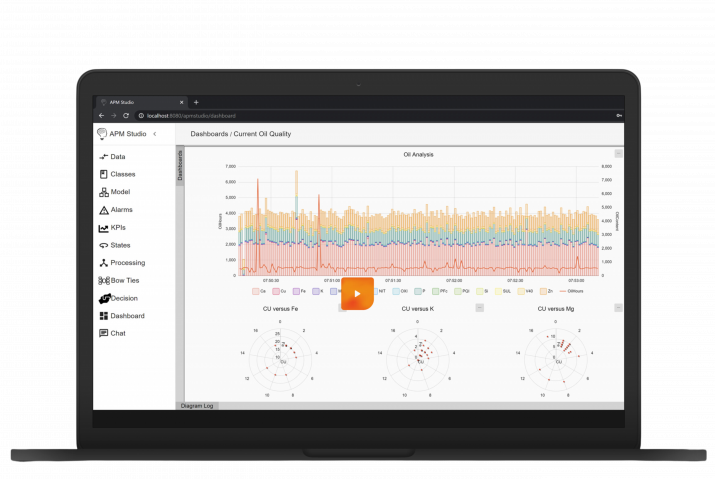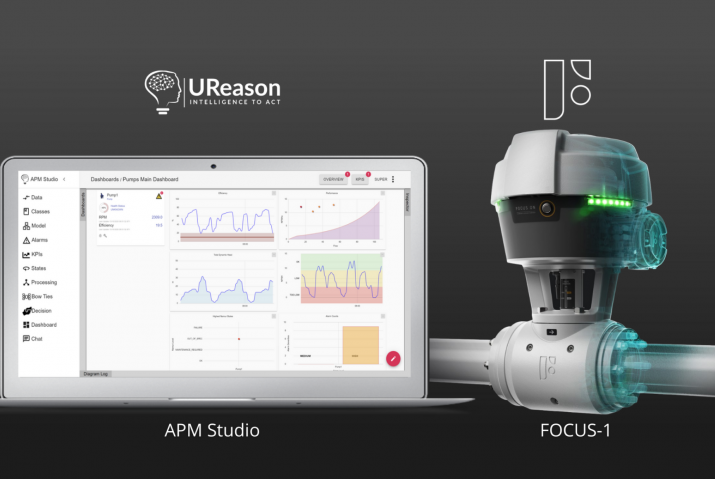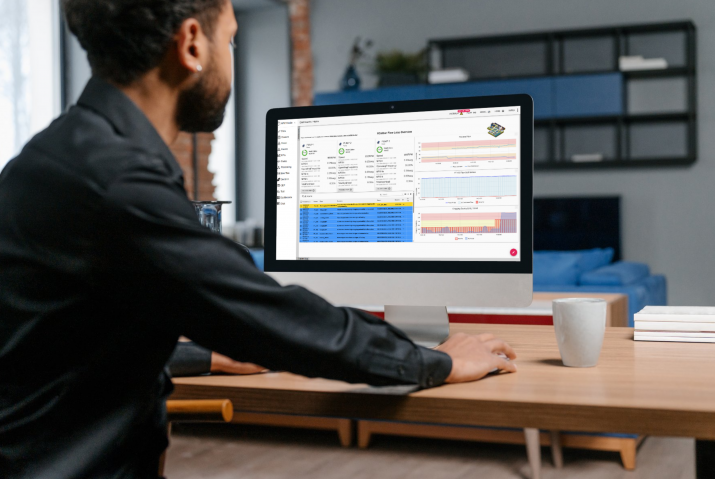Process plants used for manufacturing pharmaceuticals are special cases. They are often either batch or hybrid-batch and rarely are continuous processes. They require special materials, special designs of piping, instrumentation, and final control elements.

Batch processes especially require substantially different thinking about maintenance than continuous processes do. Batches run for highly differentiated time frames. A batch might run for a single shift, or it may run for a month or more. Stopping a batch, whether intentionally or by accident, may result in completely ruining the batch. In pharmaceutical manufacturing, ruining a batch may produce a loss of six figures or more.
More insidious is the fact that final control elements like control valves can fail in non-binary fashion—not just on/fail. They can fail with increasing non-linearity, or actuator stiction can produce overshoot or undershoot and cause improper actuation leading to inaccuracy in additive control to the batch. If what you’re making requires precise ingredient addition, these types of failures can fail a batch in ways that may only be discovered after the end of the process. If you’re making a very expensive product, over a thirty-day batch, this can be at the very least disconcerting.
Industry 4.0 is about data, and using the data to help you improve your processes. In a pharmaceutical batch process, the data about the integrity of the final control elements is critical. More pharmaceutical plants must be validated—they must be proven to operate as required, and changes to the plant, either software or hardware, may require re-validation. That means the plant has to stop and be checked before it can operate again. Too many cycles of validation/re-validation can eat up even a pharmaceuticals plant’s profit.

Getting data shouldn’t be difficult and onerous. You don’t have to stop batches. You don’t have to shut down the plant and install sensors to get the operations data you need. You already have the measured variables.
What you need to do is to look for the final control elements that have been problems in the past. There’s a good chance that they will continue to be problems in the future. We call those valves “bad actors” and if you can’t re-design to eliminate them, you must watch them carefully.
Here’s where Industry 4.0 comes in. Concentrating on the “bad actors” can give you a huge boost toward higher productivity, fewer unexpected shutdowns and the need to re-validate. You already have all the data you need to figure this out. And you can use a simple app to do it. You need some simple data: setpoint and valve position data from the control valve controller, and if position feedback isn’t available, additional data on controlled measurement flow/level/pressure/temperature and environment is needed. No additional hardware or sensors are required, just what you’ve already got.
You can use UReason’s Control Valve App—a simple, stand-alone app that will take the data you already have, and use it in an AI-based analysis engine to tell you which control valves will fail soon and when they fail.
UReason’s Control Valve App (CVA) is based on UReason’s extensive expertise in valves, actuators, and the relevant processes. It uses intelligent models that combine domain knowledge and artificial intelligence (AI) to provide immediate detailed analysis of the process and recommendations for control valves. In the basic app, a PDF report is the output, while the premium version can have an online dashboard and provide job orders in the maintenance management system of the plant.
If you want to see how the CVA works, and how you can best use it, you can download the CVA brochure.
Download Control Valve App brochure
Get more information about how Control Valve App can optimize your valve maintenance and operations








